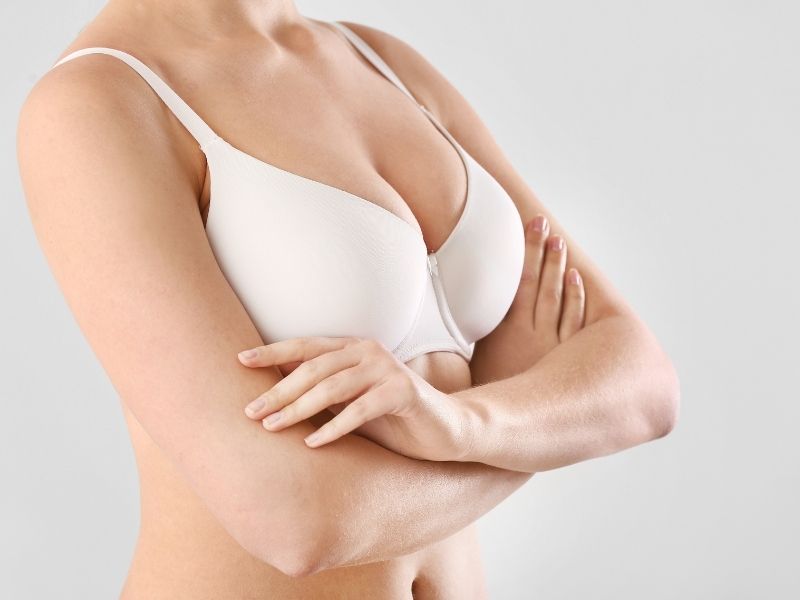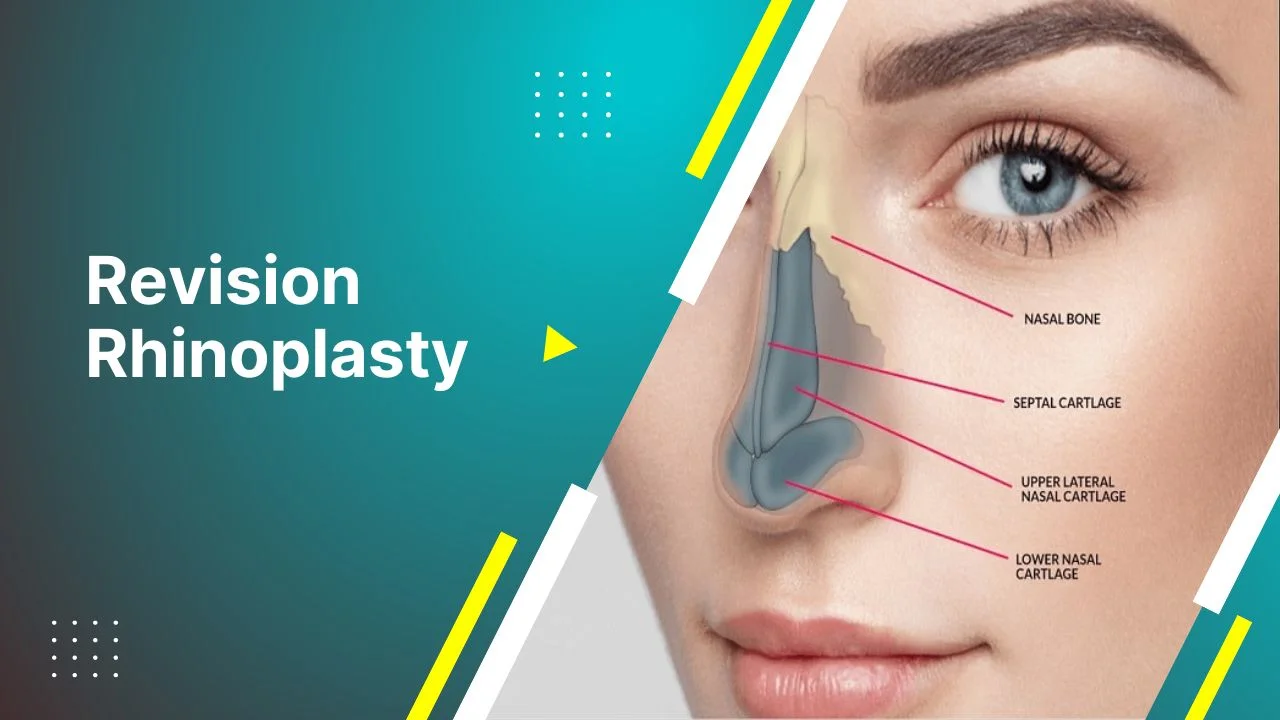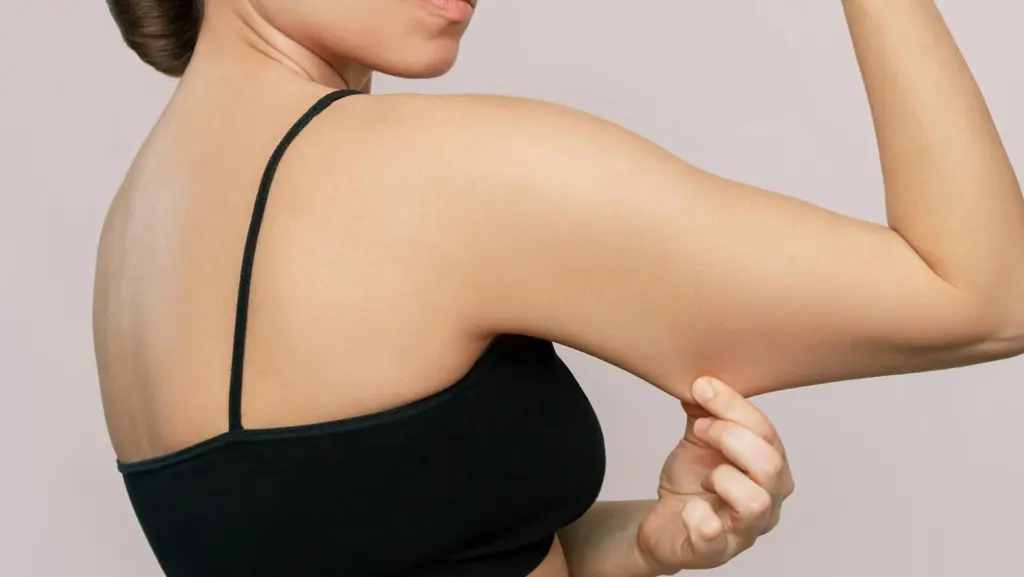When it comes to breast aesthetics, there are numerous misconceptions that can influence perceptions and decisions surrounding breast health and enhancement. Many individuals hold beliefs about breast size, shape, and the impact of various procedures that may not align with reality. These misconceptions can stem from societal standards, media portrayals, and a lack of comprehensive information. Understanding the truth behind these myths is crucial for those considering breast surgery or other aesthetic treatments, as well as for those simply looking to embrace their natural bodies. In this article, we will explore some of the most common misconceptions about breast aesthetics, shedding light on the facts to empower individuals to make informed choices about their breast health and appearance.
True and False Information About Breast Aesthetics
Breast aesthetics is a topic surrounded by various opinions and misconceptions, often leading to confusion about what is true and what is not. Many individuals seek information about breast enhancement, reduction, or reconstruction, but they may encounter conflicting messages from media, friends, and even online sources. It’s essential to distinguish between fact and fiction to make informed decisions about breast health and aesthetics. For instance, while many believe that breast implants guarantee a perfect appearance, the truth is that the outcome depends on multiple factors, including body type, skin elasticity, and the surgeon’s skill. Moreover, misconceptions about the necessity and safety of certain procedures can lead individuals to make choices that may not be in their best interest. By addressing these truths and falsehoods, we aim to provide clarity and guidance for those navigating the world of breast aesthetics.
Are Bigger Breasts Always Better?
One of the most pervasive myths in breast aesthetics is the belief that bigger breasts are always more desirable. While some individuals may prefer larger breasts for personal or aesthetic reasons, the idea that size equates to beauty is subjective and varies greatly among different cultures and individuals.
Many factors contribute to personal preferences regarding breast size, including body proportions, lifestyle, and personal taste. Additionally, larger breasts can come with their own set of challenges, such as discomfort, back pain, and difficulty finding properly fitting clothing. On the other hand, smaller breasts may offer advantages in terms of physical comfort and ease of movement. Ultimately, the notion that bigger breasts are universally better is not accurate; what matters most is individual satisfaction and comfort with one’s own body.
Risks and Realities of Aesthetic Surgery
While aesthetic breast surgery, such as augmentation or reduction, can yield satisfying results, it is crucial to understand that these procedures come with inherent risks. Some individuals may mistakenly believe that breast surgery is completely safe and guarantees perfect results. However, complications can arise, including infection, scarring, changes in nipple sensation, and the possibility of needing revision surgery.
Moreover, individual health factors, such as age, medical history, and lifestyle choices, can influence surgical outcomes. It is vital for anyone considering breast surgery to have a thorough consultation with a qualified plastic surgeon who can explain the potential risks, realistic expectations, and postoperative care required. Understanding the realities of aesthetic surgery can help individuals make informed choices that align with their goals and health.
Misinformation About the Postoperative Recovery Process
Another common misconception surrounding breast aesthetics is related to the postoperative recovery process. Many individuals may believe that recovery from breast surgery is quick and without complications, leading to unrealistic expectations. In reality, recovery can vary widely depending on the individual and the type of procedure performed.
Typically, patients may experience swelling, bruising, and discomfort for several weeks after surgery. While many individuals can return to light activities within a few days, full recovery often takes longer, and patients may need to avoid strenuous activities for several weeks to ensure proper healing. It is also crucial to follow the surgeon’s postoperative care instructions to minimize complications and promote optimal recovery. Understanding the true nature of the recovery process can help individuals prepare mentally and physically for the journey following breast surgery, ensuring a smoother transition back to their daily lives.
In conclusion, navigating the realm of breast aesthetics requires critical thinking and a commitment to understanding the facts. By dispelling common misconceptions and promoting accurate information, individuals can make empowered choices about their breast health and aesthetics that reflect their personal values and desires.






